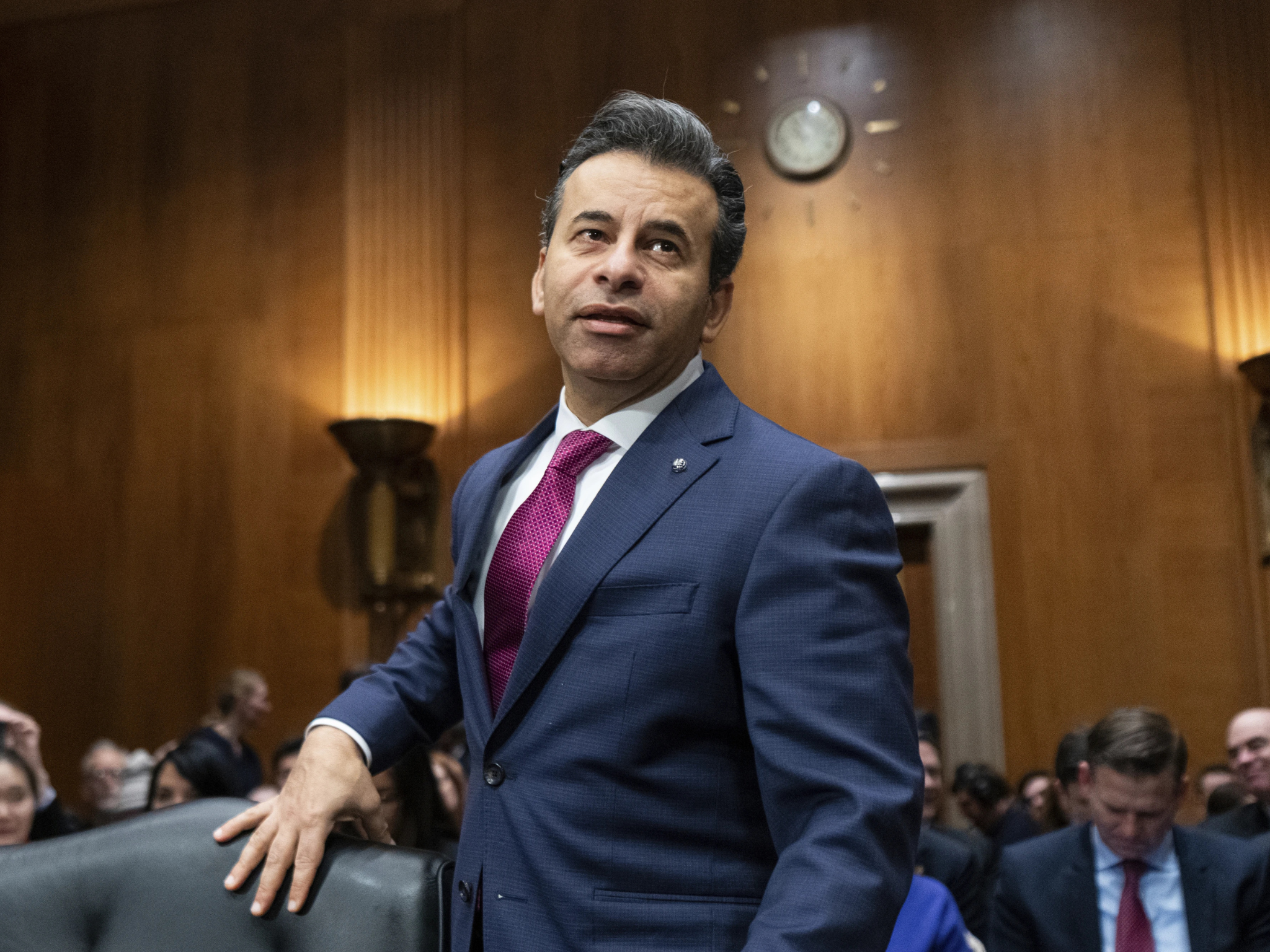Stress and anxiety are terms that often emerge interchangeably in everyday conversations, clinical environments, and self-help literature. Despite their frequent association, they represent distinct psychological and physiological responses. Gaining a true understanding of what differentiates anxiety from stress is crucial not only for accurate self-reflection but also for effective intervention, whether personal or professional.
Defining Stress: The Response to External Demands
Stress denotes the physical reaction to any requirement or difficulty, frequently labeled as a stressor. Such stressors encompass a spectrum from concrete occurrences—like an impending professional deadline or an intense disagreement—to abstract concerns such as existential doubt or apprehension of what lies ahead. The stress reaction, occasionally known as the “fight or flight” mechanism, is an outcome of evolutionary development. It delivers a physiological surge—increased heart rate, accelerated respiration, muscle rigidity—equipping the organism to confront perceived dangers or strains.
For instance, a university student getting ready for their final assessments might encounter stress manifesting as insomnia, heightened irritability, and a reduced desire to eat. These responses usually diminish once the examination period concludes, highlighting another crucial aspect of stress: its strong connection to external conditions, and its tendency to fade once the challenging situation is over.
Anxiety Explained: The Ongoing Condition of Anticipatory Concern
Anxiety, while often triggered or amplified by stress, is rooted deeper. It is characterized by excessive, persistent worry or fear that is disproportionate to the actual threat, and it may occur even in the absence of a discernible stressor. Unlike the body’s stress response, anxiety is primarily psychological but can carry significant physiological symptoms—heart palpitations, gastrointestinal discomfort, muscle tightness.
For instance, a university student might experience ongoing apprehension about failure, despite being thoroughly prepared, or dread hypothetical outcomes—regardless of their actual probability. This unease can persist or reappear even once examinations conclude, underscoring the widespread, and occasionally ingrained, character of anxious conditions.
According to the American Psychiatric Association, anxiety differs from routine fear or stress responses in both intensity and duration. Persistent anxiety may interfere with daily functioning and is a hallmark symptom of several mental health disorders, including generalized anxiety disorder, panic disorder, and social anxiety disorder.
Core Differences: Temporality, Triggers, and Duration
1. Trigger Source: – Stress is nearly always linked to an identifiable external event or circumstance. Its onset follows a specific stimulus, such as a work project, relationship conflict, or financial worry. – Anxiety can develop without a clear, immediate cause. It may be generalized—manifesting as chronic worry about various concerns—or focused on unlikely possibilities rather than imminent scenarios.
2. Duration and Intensity: – Stress tends to be acute and resolves as soon as the stressor is removed. While chronic stress exists, it is still tied to ongoing, often objective challenges. – Anxiety tends to be more enduring, sometimes existing in the absence of obvious triggers, and can escalate to disproportionate levels compared to the circumstances or risks involved.
3. Symptom Profile: – Stress primarily initiates physical symptoms—fatigue, sleep changes, muscle aches, headaches—though mood changes like irritability are common. – Anxiety encompasses profound psychological symptoms—apprehension, fear, obsessive thoughts—alongside physical manifestations similar to those of stress, such as rapid heartbeat or sweating.
4. Functionality: – Stress has the capacity to both inspire and hinder. A moderate level of stress (eustress) might boost performance, for instance, an athlete’s sharpened concentration prior to a contest. – Anxiety primarily hinders everyday activities and, when it manifests pathologically, can result in avoidance tendencies, decreased output at work, and damaged interpersonal connections.
Case Study: Stress Versus Anxiety in the Workplace
Imagine two employees at a tech company as they prepare for a {{product}} launch:
– Employee A experiences an excessive burden from their tasks, displays signs of irritation, and struggles with sleep. These issues subside once the project launch is completed. This illustrates a standard stress reaction to a temporary difficulty. – Employee B develops ongoing concerns about their work output and a fear of termination, despite receiving consistently good evaluations. This apprehension continues well after the product’s release and is not alleviated by comforting words. B’s situation is characteristic of anxiety, going beyond specific stressful events.
The Biological and Psychological Interplay
Both stress and anxiety trigger similar brain systems, especially the amygdala, which controls fight-or-flight reactions. In both conditions, cortisol and adrenaline levels increase, resulting in comparable physical manifestations. Nevertheless, their biological signatures are differentiated by their duration and circumstances. Prolonged stress may evolve into anxiety if coping mechanisms are ineffective or if exposure continues, blurring the distinction between them without eliminating their core differences.
Findings from the National Institute of Mental Health indicate that although brief periods of stress can be beneficial, ongoing anxiety increases the likelihood of developing cardiovascular, metabolic, and inflammatory disorders because of continuous physiological activation.
Management and Intervention Strategies
Interventions for stress and anxiety, while sharing some similarities, diverge in emphasis:
– Stress Management: Approaches center on organizing time, employing relaxation methods, delegating tasks, and, when feasible, modifying or removing the source of stress. – Anxiety Management: Cognitive-behavioral therapy, mindfulness exercises, and occasionally, pharmaceutical interventions are favored, given that the underlying cause is frequently intrinsic and enduring.
When to Seek Expert Assistance
Persistent, uncontrollable anxiety that disrupts daily life may require evaluation by a mental health professional. Stress that consistently overwhelms coping abilities and leads to withdrawal or physical health problems should also prompt intervention. Awareness of the dividing lines between normal, situational stress and problematic anxiety is essential for timely support.
Distinguishing between stress and anxiety unlocks a nuanced understanding of our emotional landscape. While stress is a universal response to external challenges, anxiety dwells in anticipatory fears and internal narratives. Recognizing their differences enables more precise identification and tailored approaches to wellness, empowering individuals to navigate life’s pressures with clarity and resilience.







